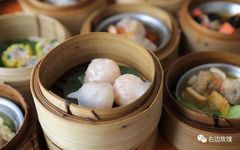Study Notes on the Treatise on Cold Damage
The differentiation in Traditional Chinese Medicine (TCM) primarily revolves around the Six Meridians and Eight Principles. The treatment in TCM is also mainly based on these principles, making the study of differentiation and treatment a core issue that must be explored.
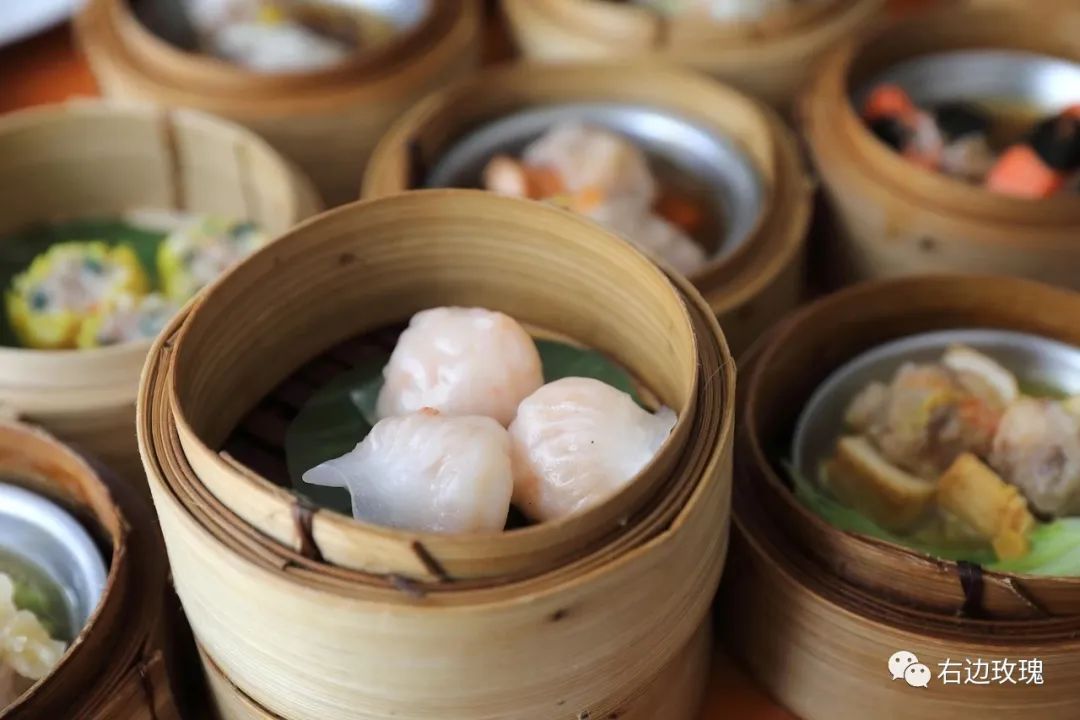
1. Eight Principles
The Eight Principles refer to Exterior, Interior, Yin, Yang, Cold, Heat, Deficiency, and Excess. In fact, there is also a state that is half exterior and half interior, which would make it nine principles. However, since the terms exterior and interior encompass this state, it is commonly referred to as the Eight Principles.
Exterior, Interior, and Half Exterior Half Interior
The Exterior refers to the surface of the body, composed of skin, muscles, and bones. When pathogenic factors concentrate and manifest in this area, it is termed an Exterior Syndrome.
The Interior refers to the inside of the body, including the esophagus, stomach, small intestine, and large intestine, which make up the digestive tract. When pathogenic factors concentrate and manifest in this area, it is termed an Interior Syndrome.
Half Exterior Half Interior refers to the area between the chest and abdomen, where various organs are located. When pathogenic factors concentrate and manifest in this area, it is termed a Half Exterior Half Interior Syndrome.
The three states of Exterior, Interior, and Half Exterior Half Interior are fixed responses to disease locations. This means that regardless of the disease, the response will be either Exterior, Interior, or Half Exterior Half Interior. Although sometimes two or three may appear simultaneously, they will never exceed these three categories.
Yin and Yang
Yin refers to the Yin nature, while Yang refers to the Yang nature. When the body is ill, it inevitably affects the functional changes of the body. The first change is in metabolic function. This change is either excessive or insufficient compared to normal.
If it is excessive, the disease will manifest with symptoms of excitement, exuberance, or overactivity, which are termed Yang Syndromes.
If it is insufficient, the disease will manifest with symptoms of decline, depression, or inhibition, which are termed Yin Syndromes.
Thus, although diseases are complex and variable, they can generally be classified as either Yin or Yang.
Cold and Heat
Cold refers to the cold nature, while Heat refers to the heat nature. If the body’s response is cold in nature, it is termed a Cold Syndrome. Conversely, if it reflects heat, it is termed a Heat Syndrome.
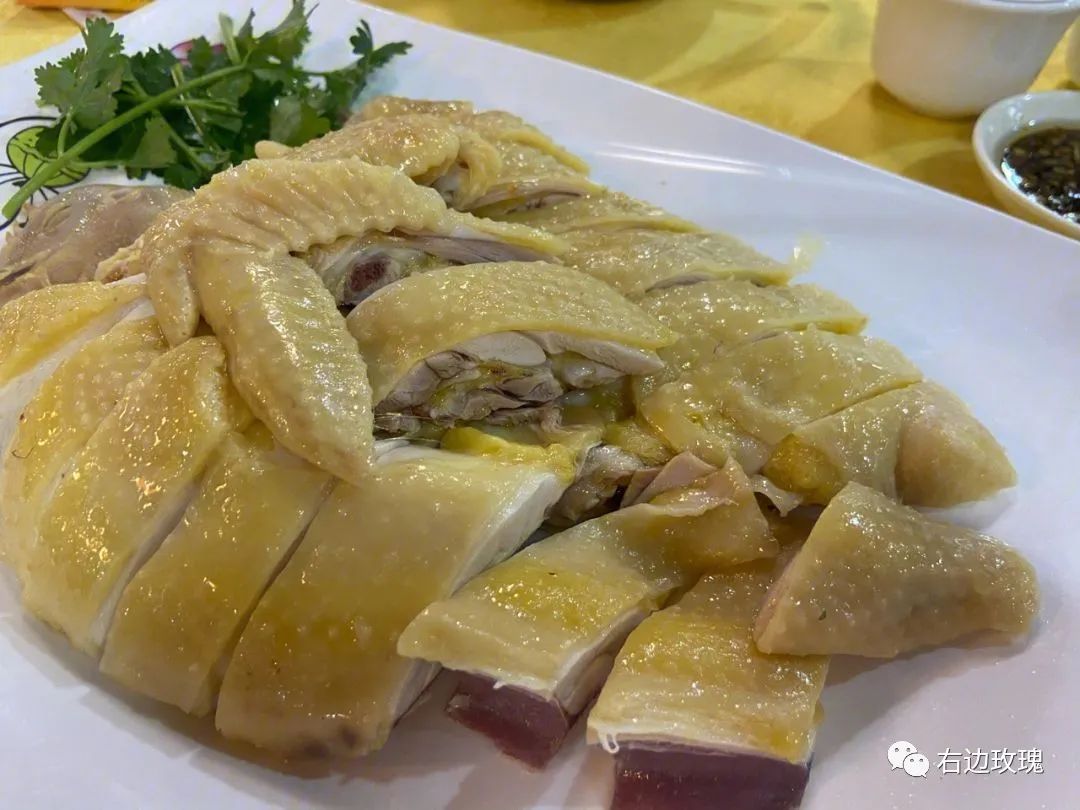
The Relationship Between Cold, Heat, Yin, and Yang
Cold is associated with insufficiency and belongs to Yin; therefore, cold must be Yin. Heat, being excessive, belongs to Yang; thus, heat must be Yang.
Cold and heat possess certain characteristics of Yin and Yang. Therefore, it is not always the case that Yin is cold, nor that Yang is always hot. It can be understood that there are diseases that are neither cold nor hot, but there are absolutely no diseases that are neither Yin nor Yang.
Deficiency and Excess
Deficiency refers to a state of deficiency in the person, while Excess refers to a state of excess in the disease. If the disease has not yet healed, but the person’s energy is already insufficient, and the disease reflects a state of deficiency, it is termed a Deficiency Syndrome.
If the disease is progressing, but the person’s energy has not declined, and the disease reflects a state of fullness, it is termed an Excess Syndrome.
As mentioned above, Deficiency and Excess, like Cold and Heat, are also characteristics of Yin and Yang. However, Cold and Heat have constants, while Deficiency and Excess do not. The so-called constants of Cold and Heat refer to the fact that cold must be Yin, and heat must be Yang, which never changes under any circumstances.
However, Deficiency and Excess are not the same; when they intersect with Cold and Heat, they can reverse their Yin and Yang characteristics, hence they are termed as non-constant. For example, if there is Deficiency and Cold, it is certainly Yin, but if there is Deficiency and Heat, it is rather Yang; if there is Excess and Heat, it is certainly Yang, but if there is Excess and Cold, it is rather Yin.
Thus, the so-called Yang Syndromes can manifest as either Heat, Excess, both Heat and Excess, neither Heat nor Excess, or Heat with Deficiency. The so-called Yin Syndromes can manifest as either Cold, Deficiency, both Cold and Deficiency, neither Cold nor Deficiency, or Cold with Excess.
The above is a summary of the Eight Principles, which must be clearly identified.
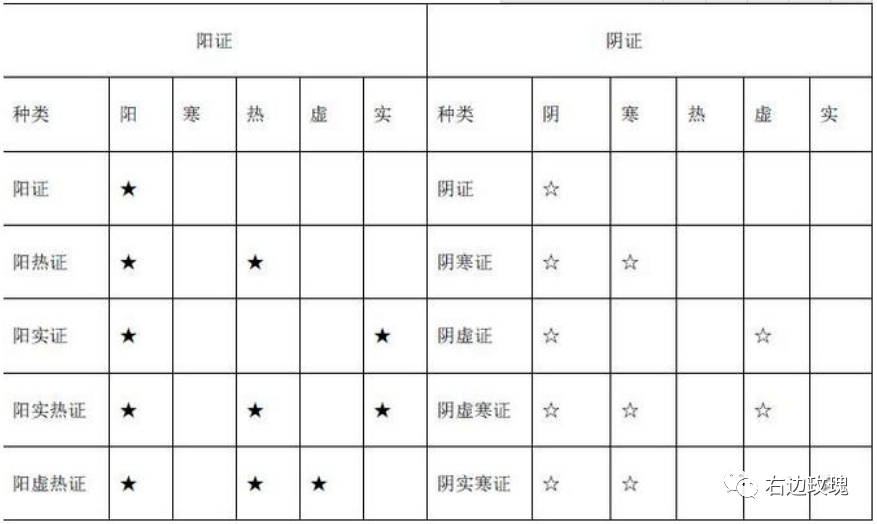
2. Six Meridians
The Six Meridians refer to the three Yang meridians: Taiyang (Greater Yang), Yangming (Bright Yang), Shaoyang (Lesser Yang), and the three Yin meridians: Taiyin (Greater Yin), Shaoyin (Lesser Yin), and Jueyin (Absolute Yin).
In the Treatise on Cold Damage, the Six Meridians are referred to as “diseases”, but in essence, they are syndromes derived from the Eight Principles. This is a critical issue that must not be confused. The Exterior, Interior, and Half Exterior Half Interior are responses to disease locations, while Yin, Yang, Cold, Heat, Deficiency, and Excess are responses to the disease condition. Thus, an Exterior Yang Heat Excess corresponds to Taiyang, while an Exterior Yin Cold Deficiency corresponds to Shaoyin; an Interior Yang Heat Excess corresponds to Yangming, while an Interior Yin Cold Deficiency corresponds to Taiyin; a Half Exterior Half Interior Yang Heat Excess corresponds to Shaoyang, while a Half Exterior Half Interior Yin Cold Deficiency corresponds to Jueyin.
This indicates that the disease condition must reflect the disease location, and the disease location must also reflect the disease condition. Therefore, without a disease condition, there is no disease location, and without a disease location, there is no disease condition.
Thus, the so-called Exterior, Interior, and Half Exterior Half Interior syndromes must simultaneously reflect either Yin, Yang, Cold, Heat, Deficiency, or Excess. Similarly, the so-called Yin, Yang, Cold, Heat, Deficiency, and Excess syndromes must also reflect either Exterior, Interior, or Half Exterior Half Interior.
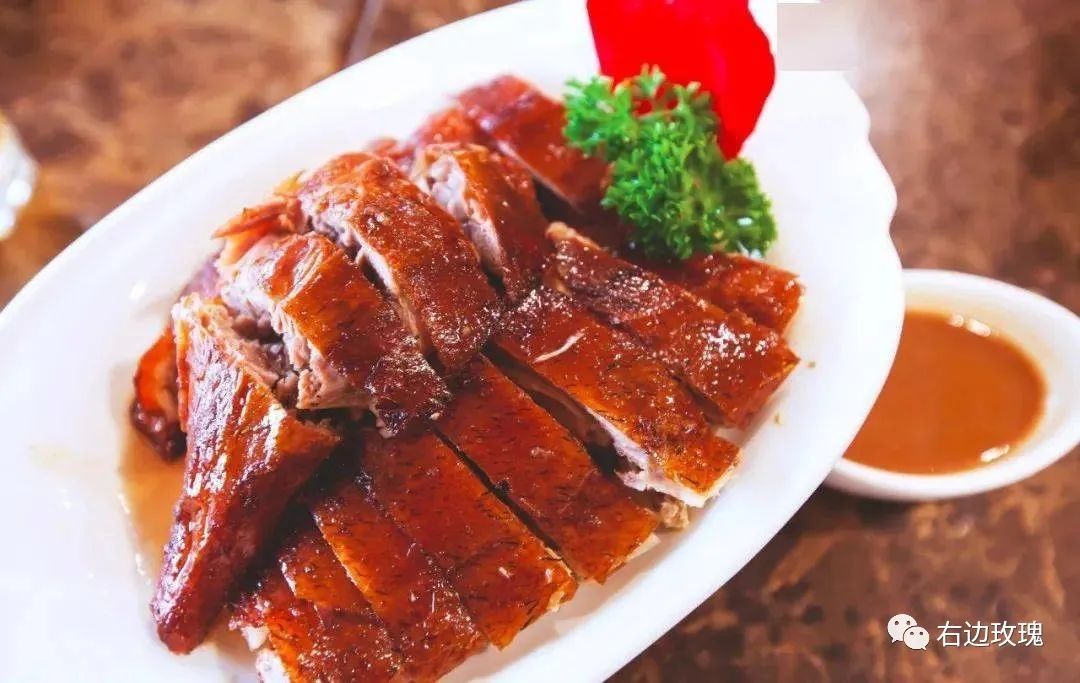
It should be noted that since Cold, Heat, Deficiency, and Excess belong to Yin and Yang, all three states of Exterior, Interior, and Half Exterior Half Interior can reflect different syndromes of Yin and Yang. Thus, there are six basic types of syndromes that can be seen in diseases, which is what the Treatise on Cold Damage refers to as the “Six Meridians Disease”. Therefore, it is evident that the Six Meridians are derived from the Eight Principles.
The relationship between the Six Meridians and the Eight Principles has been described above. In clinical application, the symptoms observed must have a disease location and a disease condition; thus, the Eight Principles are only abstract, while the Six Meridians are concrete. For this reason, clinical differentiation should start with the Six Meridians. The Treatise on Cold Damage is divided into sections based on the Six Meridians for this reason.
Once the Six Meridians are differentiated, the Exterior and Interior can be identified (location), and Yin and Yang can be determined (qualitative). Then, an analysis of Cold, Heat, Deficiency, and Excess can be conducted (further qualitative analysis) to clarify the evidence of Yin and Yang. At this point, both the Six Meridians and the Eight Principles will be fully understood, allowing for the establishment of treatment guidelines.
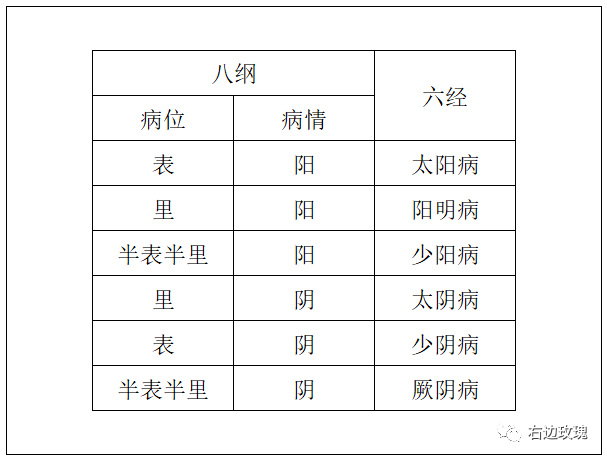
If the disease is in the Exterior, treat it with sweating methods; if the disease is in the Interior, treat it with methods that may clear, purge, resolve, warm, or tonify; if the disease is in Half Exterior Half Interior, treat it with harmonizing methods.
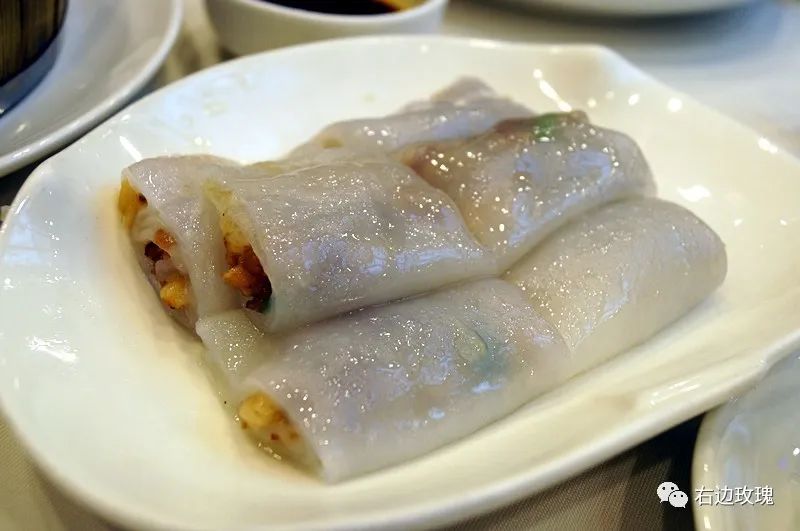

END



Learning Traditional Chinese Medicine
Long press to scan the code to follow

Warm Reminder

The formulas and medicines written in this public account are for the convenience of learning and communication, and must be used under the guidance of a physician. Due to the busy nature of my work, I may not be able to respond to every message, please understand! I hope you learn to understand your body and TCM knowledge, and become your own divine physician.
Thank you for your “likes” and “views”

